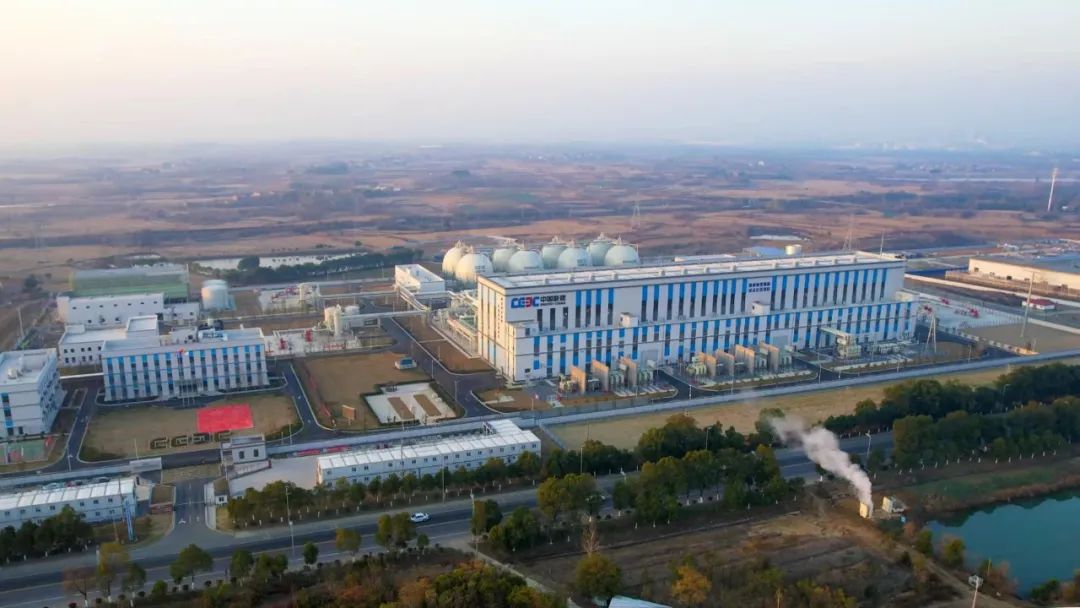Grid-scale
World’s largest compressed air energy storage facility commences full operation in China
A 300 MW compressed air energy storage (CAES) power station utilizing two underground salt caverns in central China’s Hubei Province was successfully connected to the grid at full capacity, making it the largest operating project of the kind in the world.

By
Marija Maisch
Jan 10, 2025
Grid-scale
Projects & Applications

Image: Harbin Electric Corporation
A landmark CAES power station utilizing two underground salt caverns in Yingcheng City, central China’s Hubei Province, was successfully connected to the grid at full capacity on Thursday, marking the official commencement of its commercial operations.
The “Energy Storage No. 1” project utilizes the caverns of an abandoned salt mine, reaching up to 600 meters of depth, as its gas storage facility. This allows for a gas storage volume of nearly 700,000 cubic meters, translating into a single unit power output of up to 300 MW and a storage capacity of 1,500 MWh. The system conversion efficiency is about 70%. It can store energy for eight hours and release energy for five hours every day, and generate about 500 GWh of electricity annually.
According to the project operator China Energy Engineering Corp (CEEC), Nengchu-1 has set three world records in terms of the single unit power, energy storage capacity and conversion efficiency.
The Yingcheng project started construction in July 2022 with the technical support of the Institute of Rock and Soil Mechanics (IRSM) of the Chinese Academy of Sciences (CAS). Its operational life is expected to reach 25 years.
The announcement related to the Yingcheng project closely follows progress on another landmark compressed air project in China – the Jintan Salt Cavern CAES project in Changzhou, Jiangsu province. In late December, construction commenced on phase two of the project freaturing two 350 MW non-fuel supplementary CAES units, with a total storage volume of 1.2 million cubic meters.
This scale makes the Jintan project the world’s leading CAES project in terms of single-unit power generation capacity, total storage capacity, and integrated efficiency of any CAES facility worldwide. Namely, the plant’s storage capacity will allow for up to 2.8 GWh of electricity per full charge, with an estimated annual 330 charge-discharge cycles.
CAES is considered a mature technology for deep decarbonization and GW-level deployment with technological components that are proven and used in industry for decades. Its operational principle is similar to the one of pumped hydro. During periods of low electricity demand, electrical energy is used to compress air and store it in underground salt caverns.
However, the fact that CAES relies on underground caverns, making it geology dependent, has been a major hurdle to widespread global adoption. With its abundant salt mine resources, China offers significant potential for the deployment of CAES, which can in turn mitigate geological hazards such as land subsidence and collapse in the salt mines and transform the mined-out areas into valuable resources.
ess-news.com |






